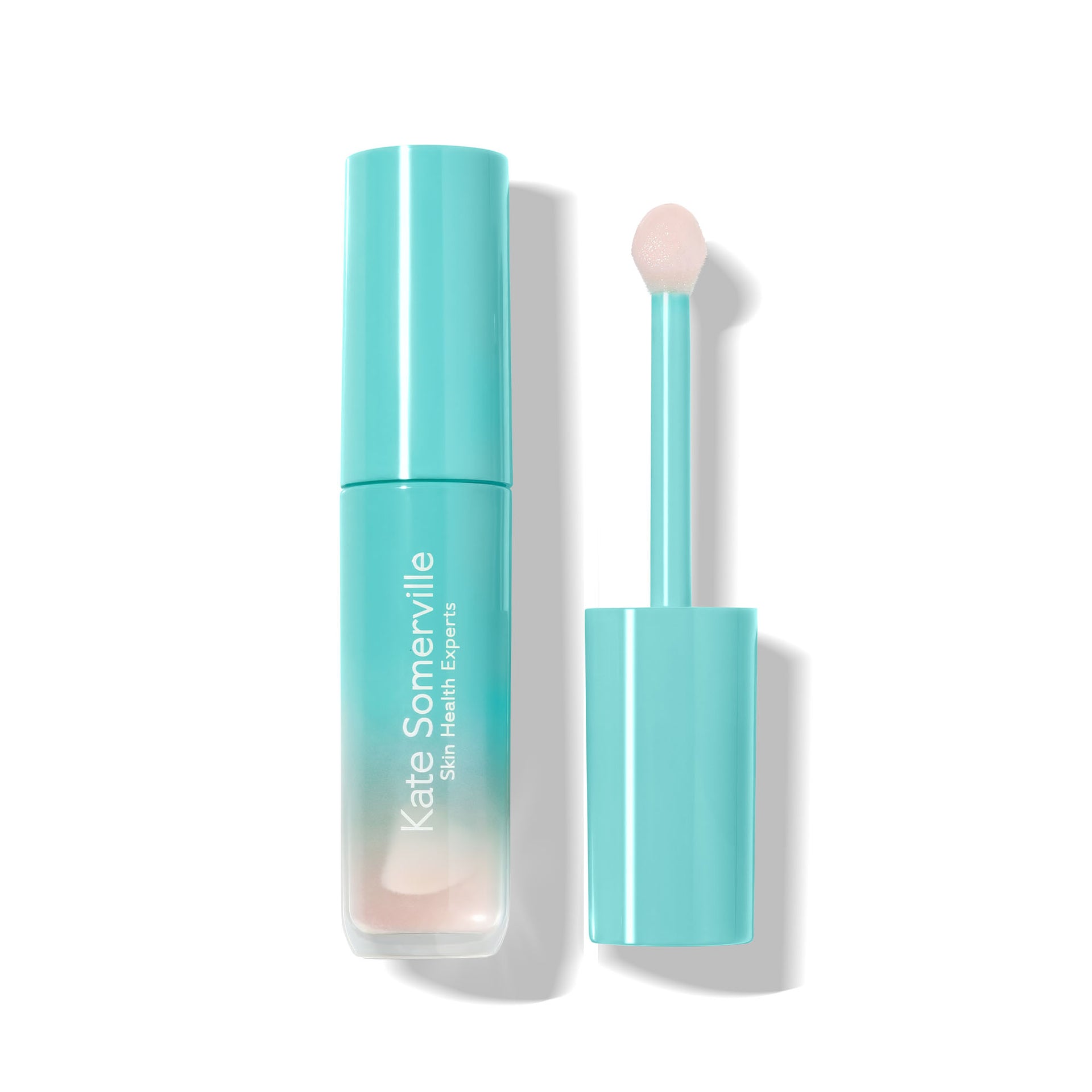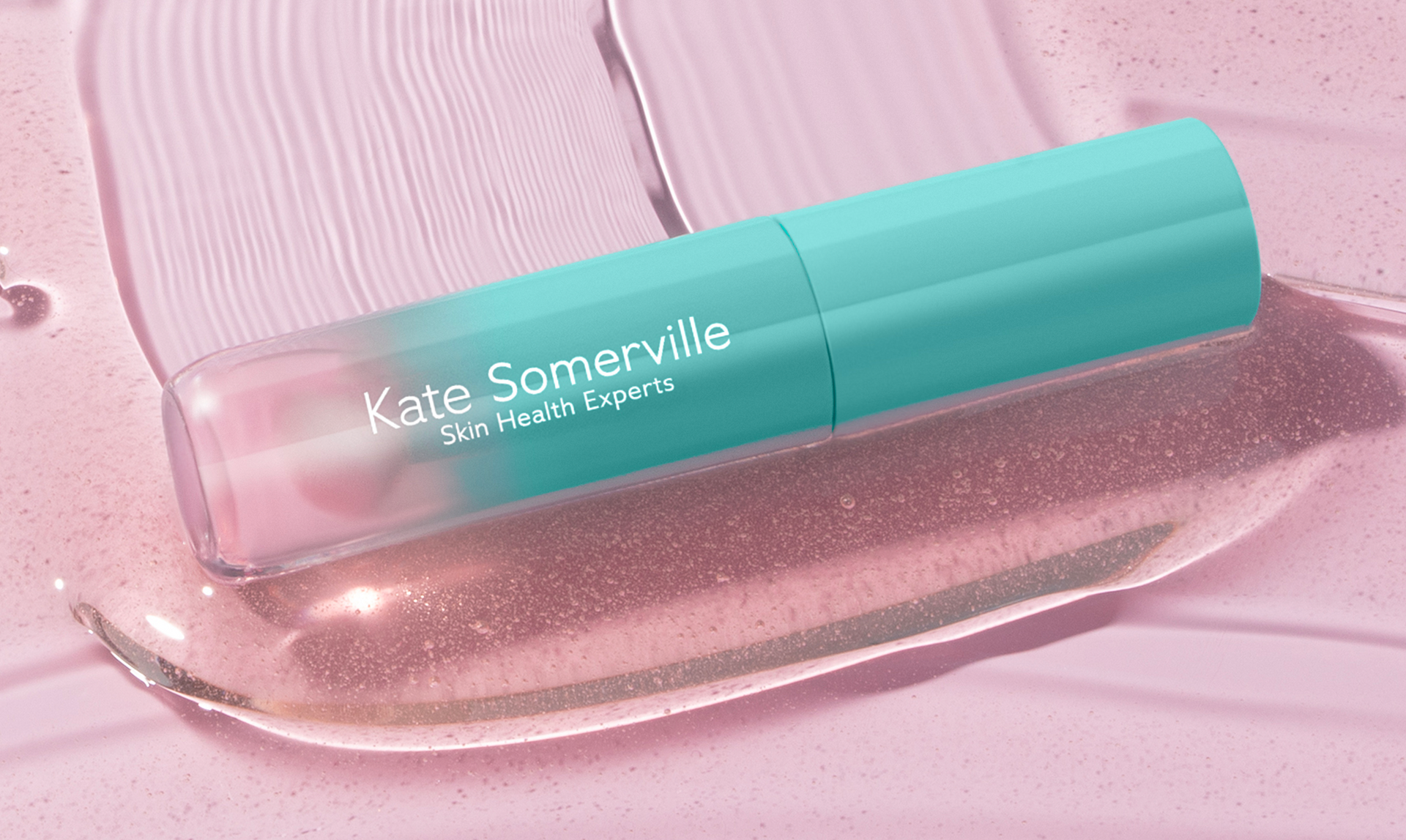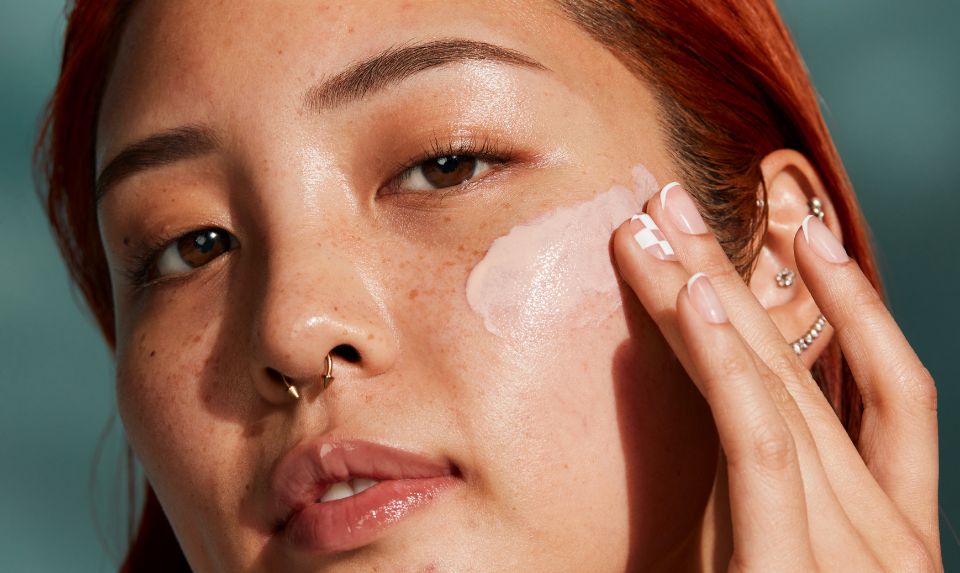What is Hormonal Acne?
Hormonal acne is a type of acne driven by fluctuations in hormone levels, particularly androgens, which increase oil production in the skin. Unlike teenage acne, hormonal acne primarily affects adults and often presents as deep, painful cysts on the lower face, jawline, chin, and neck. There are multiple potential causes of acne in adults, such as a hormonal imbalance and lifestyle factors. This type of acne breakout can be persistent and challenging, requiring targeted treatments to manage effectively.
Hormonal acne is distinct from other types of acne in both its cause and appearance. It’s typically characterized by deep, inflamed cysts that can be painful and take longer to heal. These breakouts often recur in the same areas and can leave behind acne scars if not treated properly. Understanding the nature of hormonal acne is the first step in effectively managing and treating it.
Why do I have Hormonal Acne?
Hormonal Imbalances
Hormonal imbalances are the primary cause of hormonal acne. Fluctuations in hormone levels, such as those caused by menstrual cycles, pregnancy, or conditions like polycystic ovary syndrome (PCOS), can trigger excess oil production. This oil can clog hair follicles and mix with dead skin cells, creating an environment where acne-causing bacteria thrive.
Lifestyle and Environmental Factors
Lifestyle choices and environmental factors can also contribute to hormonal acne. Stress is a significant trigger, as it can lead to increased cortisol levels, which in turn can cause hormonal imbalances. Additionally, diet plays a crucial role; consuming high amounts of sugar and dairy can exacerbate hormonal fluctuations. Environmental pollutants can further irritate the skin, leading to breakouts.
Identifying Hormonal Acne
Signs Your Acne Is Hormonal
If you’re wondering, "How do I know if my acne is hormonal," look for these signs:
- Timing of breakouts: Hormonal acne often correlates with your menstrual cycle, appearing or worsening a week before your period.
- Acne location: Breakouts are primarily along the lower face, jawline, and neck.
- Cystic nature: The pimples are often deep, painful, and filled with pus, unlike the superficial whiteheads or blackheads.
- Resistant to traditional acne treatment: Standard over-the-counter treatments for teenage acne might not be effective for hormonal acne, necessitating more specialized approaches.
Differences Between Hormonal Acne and Other Types of Acne
Understanding the differences between hormonal acne and other types can help in choosing the right treatment:
- Teenage Acne: Typically appears on the forehead, nose, and upper cheeks. It's often due to excess oil production and clogged pores during puberty. This type of acne is usually easier to treat with over-the-counter products containing salicylic acid or benzoyl peroxide.
- Bacterial Acne: Caused by an overgrowth of acne-causing bacteria, leading to inflamed pimples and pustules. It can occur anywhere on the face and body. Bacterial acne often responds well to topical or oral antibiotics, which reduce inflammation and bacterial levels.
- Fungal Acne: This type of acne, caused by an overgrowth of yeast, usually appears as small, uniform pimples and can be itchy. It often occurs on the chest, back, and shoulders. Fungal acne requires anti-fungal acne treatment rather than typical acne medications, which can sometimes worsen the condition.
- Cystic Acne: Cystic acne is a severe form of acne that results in large, inflamed cysts filled with pus. This type of acne is often painful and can cause significant acne scarring. While cystic acne can be a form of hormonal acne, it can also occur due to other factors such as severe bacterial infections. Treatment often requires stronger medications, such as oral antibiotics, isotretinoin, or hormonal therapies, to reduce inflammation and prevent new cysts from forming.
Hormonal acne is often confused with bacterial or cystic acne, but the key differentiator is the timing and location of breakouts. While bacterial acne can appear anywhere and is usually superficial, hormonal acne tends to be deeper and more painful, often clustering around the jawline and lower face. Cystic acne, on the other hand, can be a more severe manifestation of hormonal acne or occur due to other severe bacterial infections, requiring more intensive treatments.
Treatment Options for Hormonal Acne
Effectively treating hormonal acne requires a multi-faceted approach:
Topical Treatments
Products containing salicylic acid or benzoyl peroxide can help reduce inflammation and kill acne-causing bacteria. Salicylic acid works by exfoliating the skin and keeping pores clear, while benzoyl peroxide targets and eliminates bacteria. Topical retinoids, derived from vitamin A, are also effective in unclogging pores and promoting skin cell turnover.
Oral Medications
For more severe cases, oral medications may be necessary. Birth control pills can regulate hormone levels and reduce breakouts in women. Anti-androgen drugs, like spironolactone, can block the effects of androgens, reducing oil production and preventing acne. Oral antibiotics are sometimes prescribed to reduce inflammation and bacterial growth.
Hormonal Therapy
For women experiencing a severe hormonal imbalance, hormonal therapy can be an effective option. This may include anti-androgen drugs or hormone replacement therapy, which can help stabilize hormone levels and reduce acne.
Dietary Adjustments
It's important to be mindful of your diet when managing hormonal acne. Here are some tips for a diet for hormonal acne:
- Eat anti-inflammatory foods: Foods rich in omega-3 fatty acids, such as salmon, flaxseeds, and walnuts, can help reduce inflammation.
- Incorporate antioxidants: Berries, green tea, and dark chocolate are high in antioxidants, which can help protect your skin from damage.
- Stay hydrated: Drinking plenty of water helps to flush out toxins and keep your skin hydrated.
- Avoid high-sugar foods: Foods with high sugar content can spike insulin levels, leading to hormonal imbalances and breakouts.
- Limit dairy intake: Some studies suggest that dairy can exacerbate acne in some individuals.
- Cut back on processed foods: Processed foods often contain unhealthy fats and sugars that can contribute to inflammation and acne.
Stress Management
Incorporating stress-reducing activities like yoga, meditation, and regular exercise can help keep hormone levels balanced. Stress management is crucial because high stress levels can trigger hormonal imbalances that lead to acne.
Preventive Measures
Skincare Tips
Adopting a consistent skincare routine for hormonal acne is crucial in prevention:
- Gentle Cleansing: Use a mild, non-comedogenic cleanser twice a day to remove excess oil and impurities.
- Targeted Treatments: Incorporate products with ingredients like salicylic acid and topical retinoids to unclog pores and reduce inflammation.
- Hydration: Keep your skin hydrated with a light, oil-free moisturizer to maintain a healthy skin barrier.
- Exfoliation: Regular exfoliation with gentle products can help remove dead skin cells and prevent clogged pores. Avoid harsh scrubs that can irritate the skin and worsen acne.
Lifestyle Changes
Making certain lifestyle changes can also help manage hormonal acne:
- Diet: Monitor your intake of dairy and sugary foods, and consider incorporating more whole foods and antioxidants into your diet. Foods rich in omega-3 fatty acids, such as fish and flaxseeds, can help reduce inflammation.
- Stress Management: Practice stress-reducing activities like yoga, meditation, or regular exercise to keep cortisol levels in check.
- Sleep: Ensure you get enough restful sleep, as poor sleep can affect hormone levels and contribute to acne.
- Hygiene: Keep your hair and hands clean to prevent transferring oils and bacteria to your face. Change your pillowcases regularly and avoid touching your face.
Discover Kate Somerville Products for Hormonal Acne
At Kate Somerville, we understand the unique challenges of managing hormonal acne. Our range of expertly formulated products is designed to help you achieve clearer, healthier skin by addressing the root causes of breakouts. Here are some of our top recommendations for an effective skincare routine:
EradiKate™ 3% Sulfur Daily Foaming Cleanser
Our EradiKate™ 3% Sulfur Daily Cleanser is a powerful yet gentle option for both morning and evening routines. This cleanser features 3% sulfur, which helps to clear acne blemishes and prevent new ones from forming. Sulfur is known for its anti-inflammatory and antibacterial properties, making it ideal for targeting hormonal acne. The foaming formula deeply cleanses pores, removes excess oil, and leaves your skin feeling fresh and balanced.
Goat Milk Cleanser
For a more soothing and hydrating cleanse, try our Goat Milk Cleanser. This gentle formula is perfect for sensitive skin prone to acne. It’s enriched with natural goat milk, which provides essential proteins and nutrients to soothe and moisturize your skin. Use it in the morning and evening to remove impurities and maintain a healthy skin barrier without stripping your skin of its natural oils.
+Retinol Vita C Power Serum Firming and Brightening Treatment
To combat the signs of aging and improve skin texture, incorporate our Vita C Firming and Brightening Retinol Treatment into your nighttime routine. This potent serum combines the benefits of retinol and vitamin C to promote cell turnover, reduce the appearance of fine lines, and brighten your complexion. Retinol helps to unclog pores and prevent acne, while vitamin C provides antioxidant protection and improves skin tone. Use this serum at night to wake up with refreshed, rejuvenated skin.
Oil Free Moisturizer
Keeping your skin hydrated is crucial, even if you have acne-prone or oily skin. Our Oil Free Moisturizer is lightweight and non-comedogenic, making it an excellent choice for morning and evening use. It provides essential hydration without clogging pores or leaving a greasy residue. This moisturizer helps to balance oil production and maintain a smooth, clear complexion.
Illuminating SPF 50+ Drops
Sun protection is a vital part of any skincare routine, especially when using products like retinol that can increase your skin's sensitivity to the sun. Our Illuminating SPF Drops offer broad-spectrum protection against UVA and UVB rays while also providing a luminous finish. These drops can be mixed with your moisturizer or applied directly to the skin for a lightweight, non-greasy shield that protects and enhances your skin's natural glow.
By incorporating these expertly formulated acne skincare products into your daily routine, you can effectively manage hormonal acne and achieve clearer, healthier skin. Trust Kate Somerville to provide the solutions you need to address your skin concerns with confidence and expertise.
Sources:
- https://www.nw-derm.com/hormonal-acne/
- https://www.midlandskin.co.uk/hormonal-acne/
- https://my.clevelandclinic.org/health/diseases/12233-acne
- https://columbiaskinclinic.com/medical-dermatology/hormonal-acne-what-it-is-and-why-it-happens/
- https://www.mayoclinic.org/diseases-conditions/acne/in-depth/acne-treatments/art-20045814






















